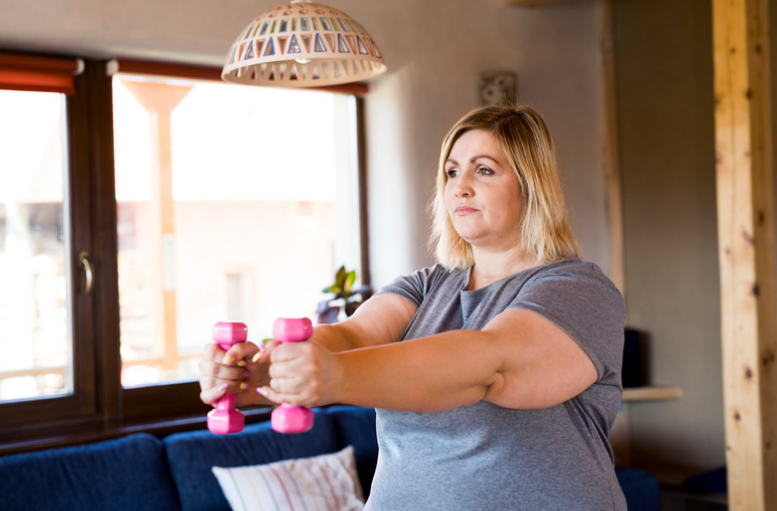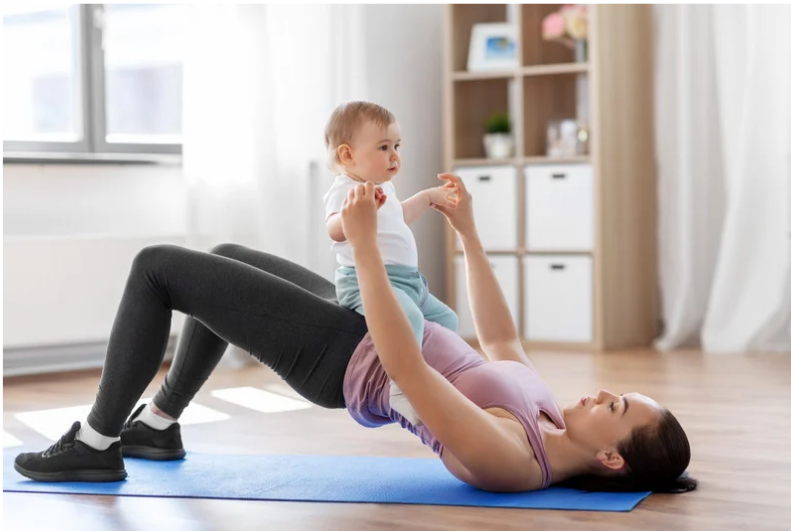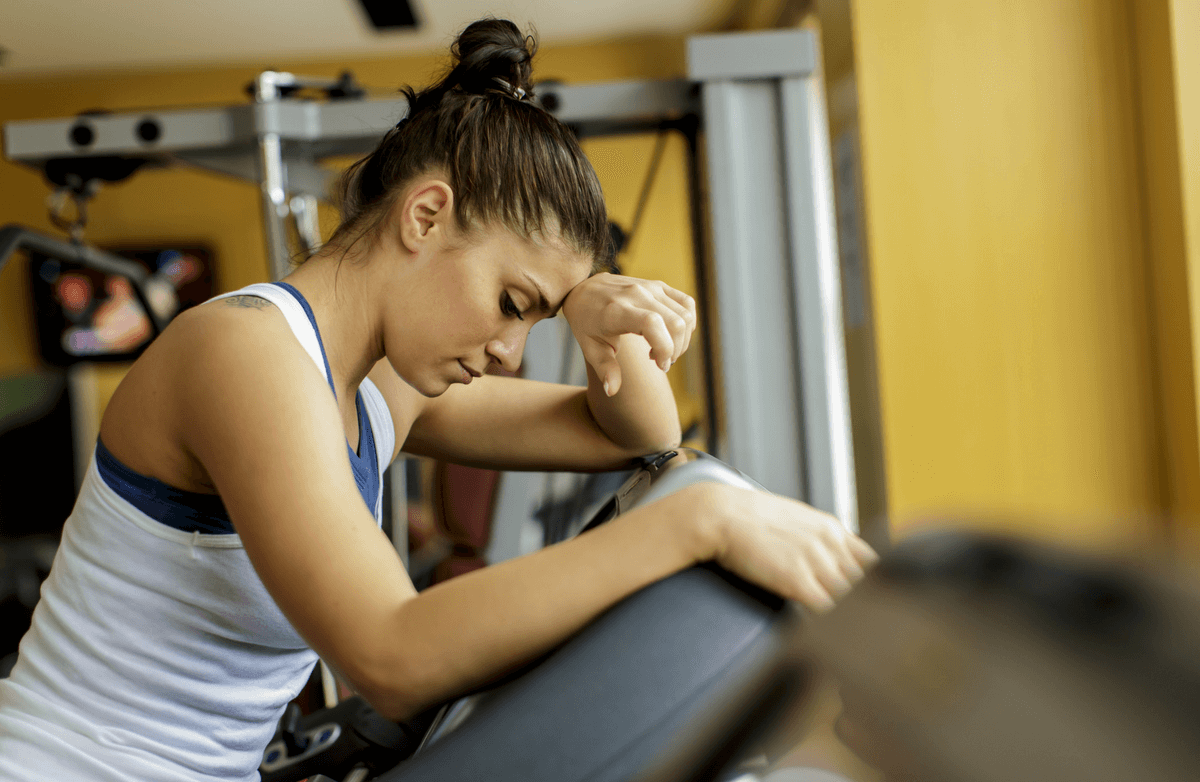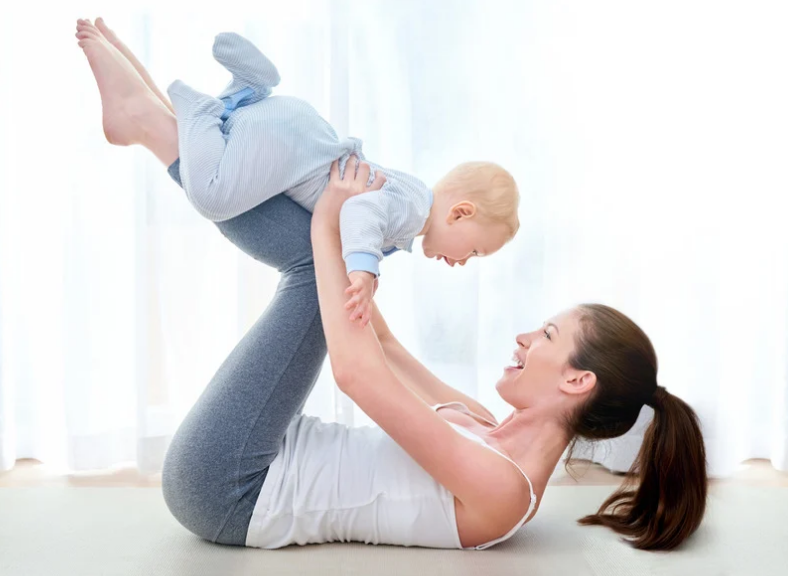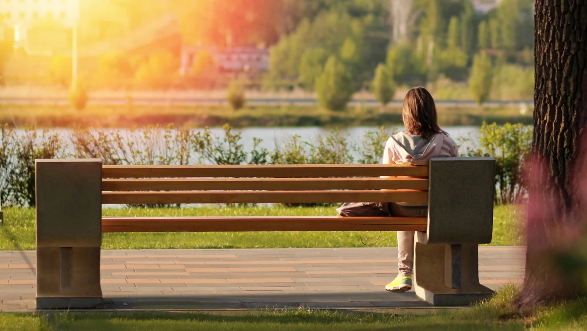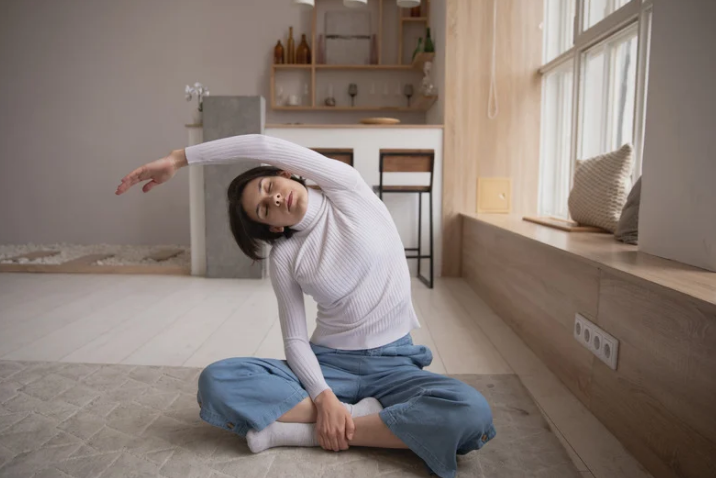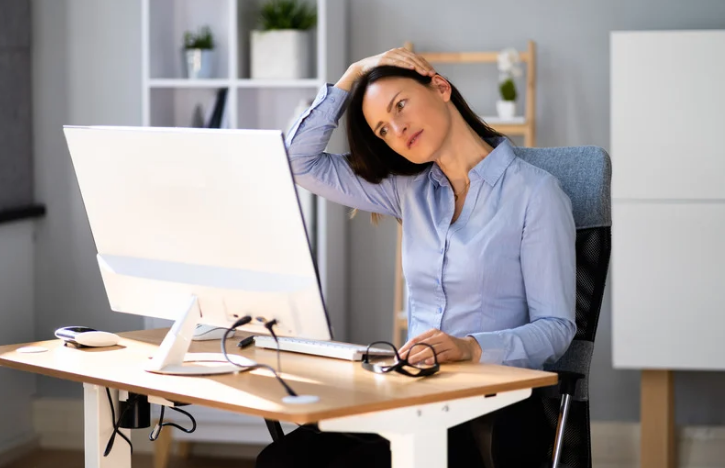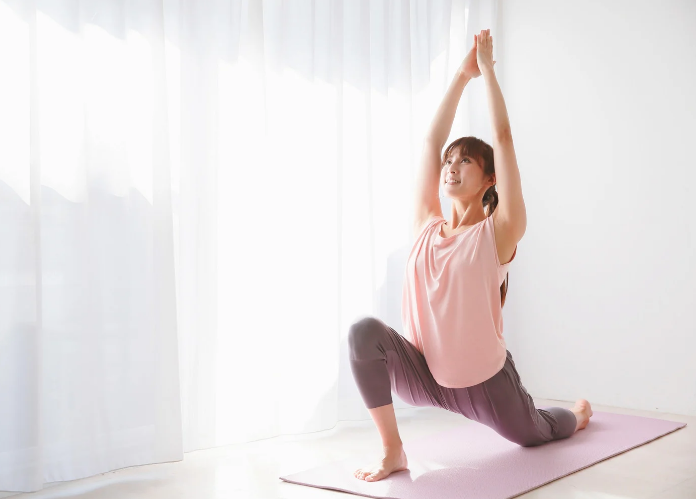From slips
Yet, as we get older, falls are more and more likely to happen. The Centers for Disease Control and Prevention (CDC) shares that more than one in four older people fall each year. After that initial tumble, the risk of falling again doubles. And while only one in five falls requires medical attention, they have the potential to cause extremely debilitating injuries.
To top things off, women are more prone to falls and fractures. A 2016 study in
Regardless, falls shouldn't be taken lightly. A single slip can impact your career, personal life and overall quality of life. For some, the fear of falling is enough to limit their activities, resulting in social isolation and further physical decline. But falls don't have to define your future.
Why Do Falls Happen?
Contrary to popular belief,Other causes include reduced vision, vertigo, cognitive impairment and postural hypotension, which can make you feel lightheaded after sitting or lying down. Even some medications, such as anti-depressants and cardiac drugs, can cause poor balance and dizziness. There are also environmental factors like black ice and slippery rugs.
Any combination of these risk factors can cause a fall. And as you can imagine, the more risks you have, the more likely you are to take a tumble.
Sometimes, Age Does Matter
Here's the thing: Many of these risk factors do increase with age. This is especially significant for muscle-related changes, like poor balance and lower-body weaknesses."We start experiencing a decline in muscle mass [around] 40 years old," explains Candace Rhodes, a personal trainer and creator of Rhodes To Strength. This age-related loss of muscle tissue is known as
However, there is one factor we can control: our physical activity. According to the Annual Review of Gerontology and Geriatrics, exercise has a major impact on the way
Thus, to lower the risk of falls, exercise may be your golden ticket.
In fact, an article by the NSW Public Health Bulletin shares that regular physical activity can prevent up to 42 percent of
And if you do fall? Exercise has your back. In a 2013 review by BMJ, researchers found that fall prevention exercises don't just limit falls, but the injuries that they may cause, as well. The benefits are especially protective against fall-related fractures and severe injuries.
Why Start Exercising Now?
If you've been sedentary for a long time, the thought of starting an exercise routine may feel daunting.Luckily, a little goes a long way—no need to become a marathon runner overnight to reap the benefits. Even a modest increase in physical activity will have significant, awesome benefits. Most importantly, it's never too late to start.
Think of your exercise routine as prevention versus treatment. Prevention is cheaper, easier and simpler. It's noninvasive and
Yet, only 20 percent of adults meet the recommended exercise guidelines.
In the end, it's up to us to help our bodies—even that means a small change at 50, 60 or 70 years old. Mackenzie Gelina, a yoga instructor in upstate New York, says it in a nutshell: "We need to maintain the body, just like the car needs maintenance over years of use."
6 Beginner-Friendly Exercise Moves to Prevent Falls
While some exercise is better than none, it's smart to focus on fitness moves that specifically limit the risk of falls. This includes strength-training exercises that improve balance, flexibility and overall muscle function."Proper strength training reverses body weakness and muscle deterioration," explains Rhodes. She adds that it also strengthens your joints and connective tissue, helping prevent falls in the first place.
Even stretching lends a hand. "Yoga is a gentle way to improve muscle strength and joint flexibility," says Gelina. "By building strength—especially in the legs—we increase our ability to balance and catch ourselves before we fall."<
Not sure where to start? Rhodes and Gelina teach their older clients these moves. Begin with five sets, three times a week and increase the frequency from there.
1. Single-Leg Stands
Stand up straight and hold on to a wall or piece of furniture for support. Bend your knee and gently lift one foot up behind you. Hold for 10 to 15 seconds, then repeat on the other side.
2. Chair Squats
Stand in front of a chair. Extend your arms out in front of you for balance. Slowly bend your knees and push your hips back, keeping your chest and head up. Once your butt touches the chair, stand back up. If the chair is too low, Rhodes recommends adding height with a solid pillow.
3. Static Lunges
Hold on to the side of a chair or couch. For extra support, place your other hand on your hip. Straighten your back. Step one foot forward, bending your knee as far as it feels comfortable without allowing the knee to move beyond your toes. Return to standing position and repeat with the opposite leg.
As it gets easier, try doing forward lunges without holding anything. Rhodes also suggests adding light weights for extra benefits.
4. Stepping Over
Gather objects that are less than six inches high. Great examples include pillows and shoes, according to Rhodes. Place them on the floor, staggering them about one foot apart. Lift your foot and step over the first object laterally. Pause, then work your way over the remaining objects.
5. Tree Pose
Stand up straight with your feet hip-width apart. Again, hold on to a chair or wall for support. Slowly shift your weight to the right foot and bend the left knee, turning it outward. Place the sole of your left foot against your right calf or thigh—whichever feels more comfortable. To come out of the pose, slowly turn the left knee forward and lower the right foot. Repeat on the other side.
For best results, do this barefoot. "This will develop your sense of touch in the feet, which improves balance," Gelina explains.
6. Warrior 1
Stand behind the back of a chair. Place your hands on it and step back with the right foot. Plant it down, turning the toes to the
For more exercise moves, consider working with a personal trainer who can design a customized routine while making sure you safely perform each move.
Remember, you don't have to become a gym rat to keep




